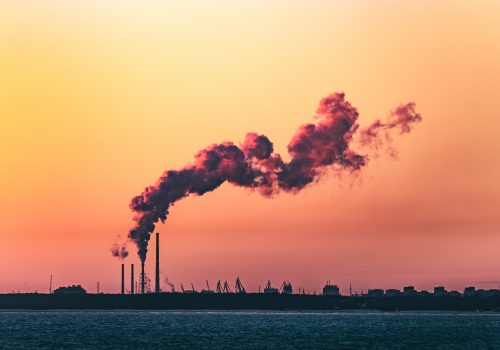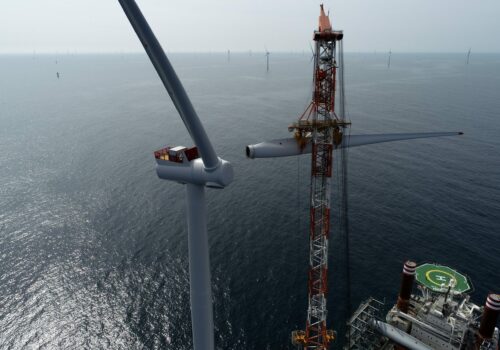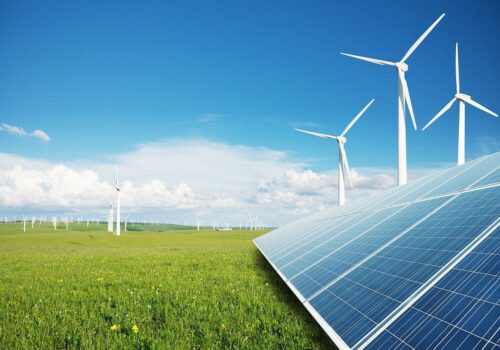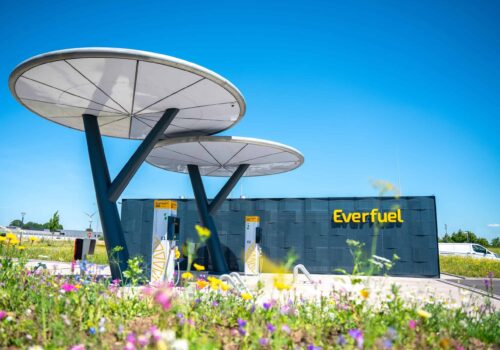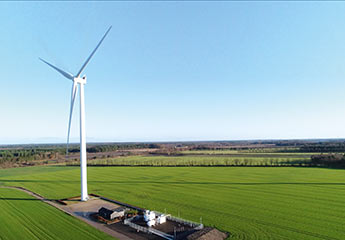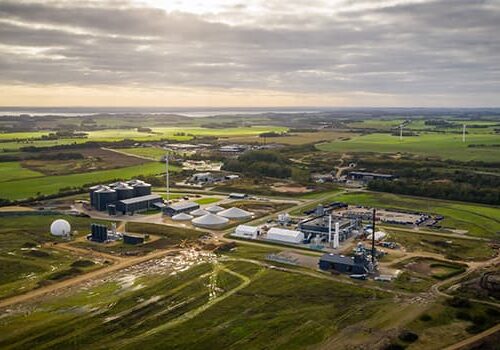The challenge
In Denmark, the energy and utilities sector’s CO2e emissions have already been cut by 58 per cent from 32 million tonnes in 1990 to 13 million tonnes in 2019. This has been achieved through the deployment of renewable energy, including wind, bioenergy and solar, as well as energy efficient supply of heat and electricity.
The challenge towards 2030 is to secure enough renewable energy, phase out the remaining coal used for power stations and natural gas for district heating production...
In Denmark, the energy and utilities sector’s CO2e emissions have already been cut by 58 per cent from 32 million tonnes in 1990 to 13 million tonnes in 2019. This has been achieved through the deployment of renewable energy, including wind, bioenergy and solar, as well as energy efficient supply of heat and electricity.
The challenge towards 2030 is to secure enough renewable energy, phase out the remaining coal used for power stations and natural gas for district heating production, phasing out natural gas and oil in individual heating systems, carbon capture at large point sources, reduction of the use of plastics in waste-to-energy systems and reduction of the amount of natural gas used for energy production in the North Sea.
Furthermore, we must couple the large amounts of renewable energy from wind and solar to the sectors, which have not yet been decarbonised such as transport, agriculture, buildings and industry. Through a further expansion of the renewable energy capacity, electrification and Power-to-X technologies, the energy and utilities sector may be able to reduce its CO2e emissions to approximately 1 million tonnes by 2030.
The potential
Implementing the energy and utilities sector’s roadmap towards 2030 will entail a pervasive transformation of the way the sector supplies energy to the Danish society. In order to succeed, we need a collective and strategic approach to decision-making and the necessary resolve from policymakers and business executives.
Since 1990, the Danish energy and utilities sector has reduced its carbon emissions by 58 per cent, but there is potential for the sector to reduce carbon emissions by...
Implementing the energy and utilities sector’s roadmap towards 2030 will entail a pervasive transformation of the way the sector supplies energy to the Danish society. In order to succeed, we need a collective and strategic approach to decision-making and the necessary resolve from policymakers and business executives.
Since 1990, the Danish energy and utilities sector has reduced its carbon emissions by 58 per cent, but there is potential for the sector to reduce carbon emissions by more than 95 per cent towards 2030. Doing so will require a significant increase in green energy production to power the transformation adequately. Potential exists to build 40 GW of offshore energy, where 15 GW would be used to reach climate neutrality in Denmark and 25 GW could be exported, thus creating earnings of approximately EUR 4–5 million in exports annually.
Further, with the right efforts, Denmarhk could establish a considerable Power-to-X industry. If our large quantities of green power combined with early demand-side incentives and strong cooperation among relevant operators, Denmark can become a leading nation in this field.
Recommendations
- Phase natural gas out of the heating system by 2030 and cease the use of coal in heat/power generation asap
- Introduce new regulations to support a transition to 100 per cent green energy
in district heating - Include Carbon Capture Utilisation & Storage (CCUS) in Denmark’s national
climate strategy - Expand offshore wind in the North Sea
- Introduce new vehicle taxation scheme to prioritise electric vehicles and phase out fossil fuel operated vehicles before 2030
- All new public transport contracts must be fossil-free solutions
- Phase out coal, oil and natural gas and transition to green alternatives
- Develop a strategy and roadmap for Power-to-X
- Allocate funds for industrial scale-up and appoint relevant locations for utilisation of, for example, waste heat
- Design a roadmap for the expansion of renewable energy and transmission infrastructure – including energy islands that are connected to other countries
- Increase biogas in the energy supply
- Align economic regulations to enable an expansion of the distribution and transmission grids to meet future demand
- Implement time-differentiated tariffs to balance demand
- Convert existing gas infrastructure to be used for Power-to-X
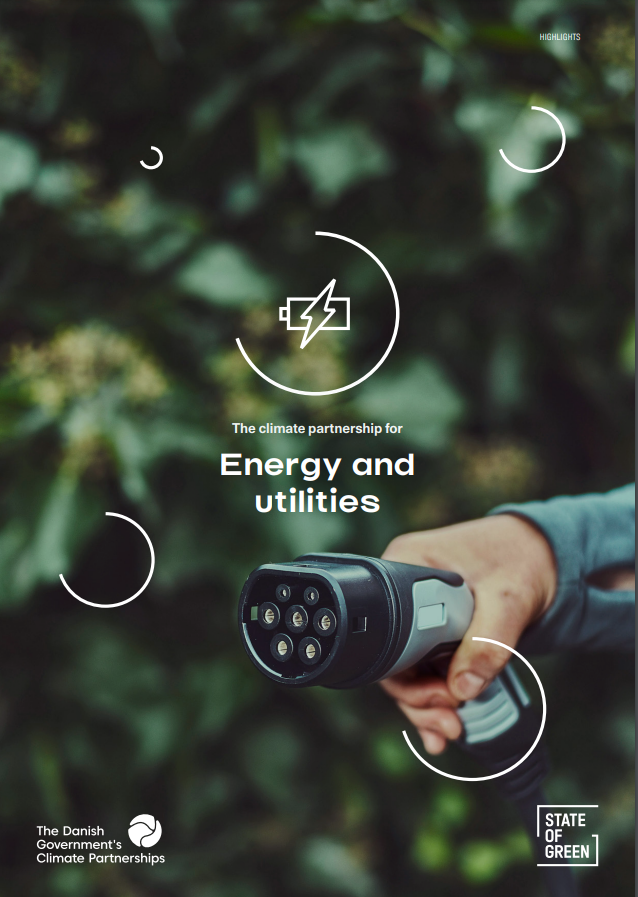
The Climate Partnership for Energy and Utilities
Want to learn more about the climate partnership and explore the government and industry recommendations more in-depth? Fill in your information below and download the highlights
Cases
About the partnership
Chairman
Mads Nipper, CEO, Ørsted
Vice chairmen
Jens Rasmussen, CEO, Eurowind Energy
Henrik Andersen, CEO, Vestas
Jesper Hjulmand, Group CEO, Andel
Kim Grøn Knudsen, Group Vice President, Haldor Topsøe
Henrik Plougmann Olsen, CEO, HOFOR
Martin Rune Pedersen, Country Chair Denmark, TotalEnergies
Gert Vinther Jørgensen, CEO, Norlys
Ole Hvelplund, CEO, Nature Energy
Thomas Egebo, CEO, Energinet
Private partners
- Green Power Denmark
- Confederation of Danish Industry
- Danish Chamber of Commerce
- Danish Waste Association
- Danish District Heating Association
- Free Energy Companies
- Driving Force Denmark
- Danish Agriculture & Food Council
- Oil Gas Denmark
- Danish Forest Association
- Hydrogen Denmark
- Danish Metalworkers’ Union
Public partners
- Ministry of Climate, Energy and Utilities

